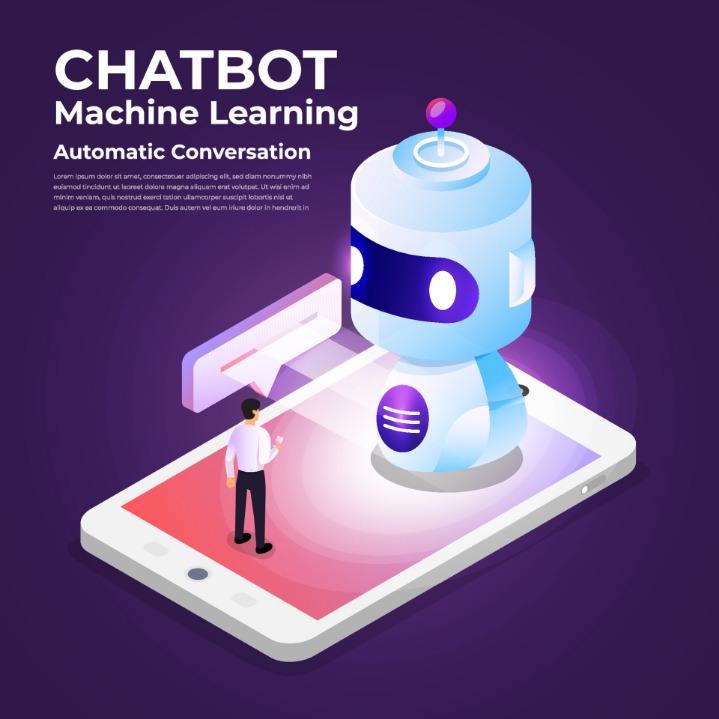Artificial Intelligence (AI) is no longer a distant concept found only in the pages of science fiction. Its applications have permeated almost every industry, transforming the way businesses operate and people interact. This exploration of undressing AI aims to demystify its components, functioning, and impacts.
The Core Components of AI
To fully appreciate AI, it’s essential to understand its foundational elements:
- Machine Learning (ML): A subset of AI, ML focuses on enabling machines to learn from data and improve their performance without explicit programming.
- Natural Language Processing (NLP): This branch deals with the interaction between machines and human language, facilitating voice recognition and chatbot functionalities.
- Computer Vision: Allows machines to interpret and make decisions based on visual inputs, akin to human sight.
- Neural Networks: Inspired by the human brain, these interconnected nodes process data in sophisticated ways to perform tasks such as image or speech recognition.
Practical Applications of AI
From healthcare to finance, the real-world applications of undressing AI are vast:
Read more about undressai here.
- Healthcare: AI algorithms assist in diagnosing diseases, predicting patient outcomes, and personalizing treatment plans.
- Finance: Automated trading, fraud detection, and personalized financial advice are some ways AI is revolutionizing the financial sector.
- Retail: Customer experience is enhanced through personalized recommendations, inventory management, and demand forecasting.
- Manufacturing: Predictive maintenance and quality control are streamlined using AI-driven insights.
FAQs: Common Questions About Undressing AI
Q1: What is the difference between AI and Machine Learning?
A1: AI is a broad concept that includes any machine or software mimicking human intelligence. Machine Learning is a specific subset of AI focused on enabling machines to learn from data and improve over time.
Q2: Can AI replace human jobs?
A2: While AI can automate certain tasks, its primary role is to augment human abilities, allowing for more efficient and innovative solutions rather than outright replacement.
Q3: How secure is AI technology?
A3: Security in AI is a critical concern. Measures such as data encryption, regular audits, and strict access controls are essential to ensure the safety and reliability of AI systems.
The Future of AI
The journey of undressing AI is far from over. As technology evolves, AI will continue to integrate deeper into our daily lives, solving complex problems and unveiling new possibilities. Addressing ethical concerns and ensuring transparency will be key to harnessing its full potential.
In summation, the intricacies and potential of AI are profound. Understanding its elements and applications helps to demystify this powerful technology, paving the way for future innovations and responsible usage.






